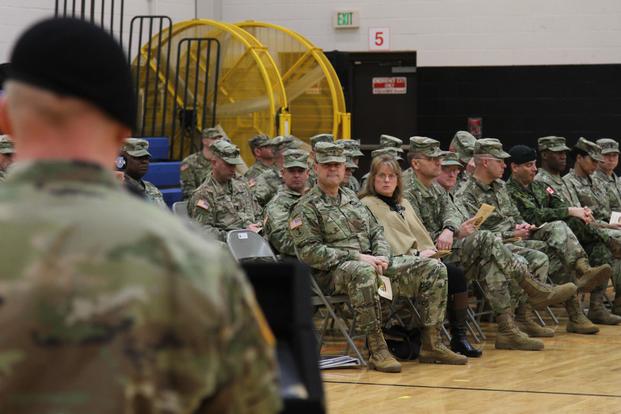The U.S. Army's top officials said Tuesday that the service is considering redesigning its formations to build new fighting units for the complex battlefields of the future.
The Army's multi-domain task forces could be the size of divisions rather than the standard brigade combat team structure, Secretary of the Army Mark Esper told an audience at the Brookings Institution.
Part of those task forces will likely be made up of Intelligence, Information, Cyber, Electronic Warfare and Space (I2CEWS) battalions, experimental units stood up about a year ago, Esper said.
These specialized battalions are designed to enable U.S. forces to disrupt, deny and degrade enemy capabilities in combat, Army officials say.
"It's very exciting what they are doing; it's showing a lot of capability," Esper said, describing how the units have been conducting exercises in the Pacific.
As the Army finalizes its Multi-Domain Operations doctrine, Army Futures Command will spend the next year to 18 months "looking through all the scenarios of future warfare, what the environments might look like in 2030, what potential adversaries may field [and] how will they will field it," he said.
At the end of that wargaming exercise, "it is going to spit out a new war-fighting construct and what will inform us whether in the future we fight as BCTs at the division level. Maybe we fight at some new level of command that we just haven't thought of yet," Esper said. "It will also tell us how many companies and battalions in each."
If the Army's formations end up changing, the service may have to adjust how it approaches procurement as well, he said.
"For example, in the Army I grew up in, we had a much more robust nuclear, biological, chemical [NBC] capability; we had more robust artillery and we had more robust electronic warfare [EW]," said Esper, who served in the first Gulf War. "I do see those things going back into our formations. That is going to drive new thinking about how do we have robust EW, NBC, etc."
The same will be true for cyber capabilities, he said. The Army currently plans to have cyber units at the brigade, division and corps level.
"That may continue to flesh itself out as we continue to run these wargames. They may say, 'Well, battalions may need cyber,'" Esper said. "Then we need to change the force and bring in more soldiers to do cyber, so it is going to change a lot. This next 12-to-18 months as we flesh it out ... it will really inform where we go in terms of the formations of the Army."
-- Matthew Cox can be reached at matthew.cox@military.com.













